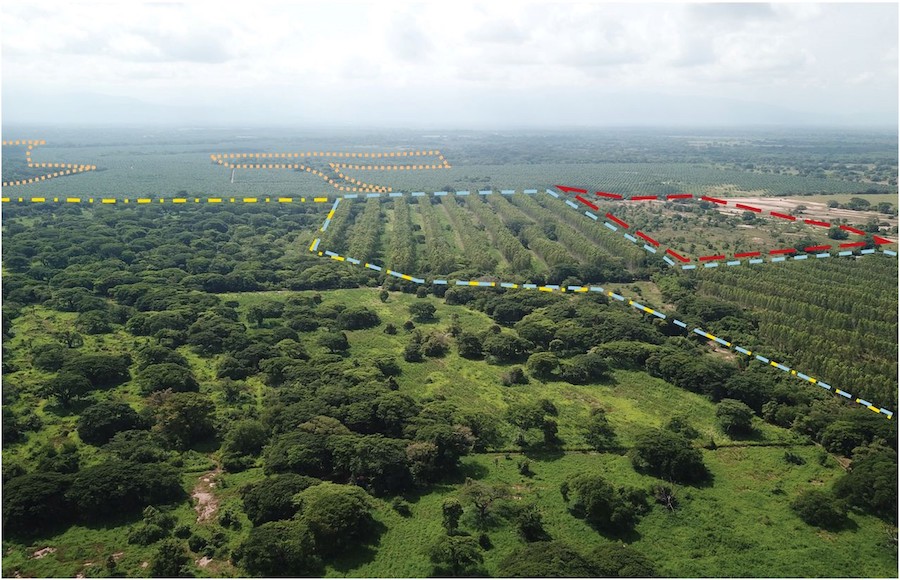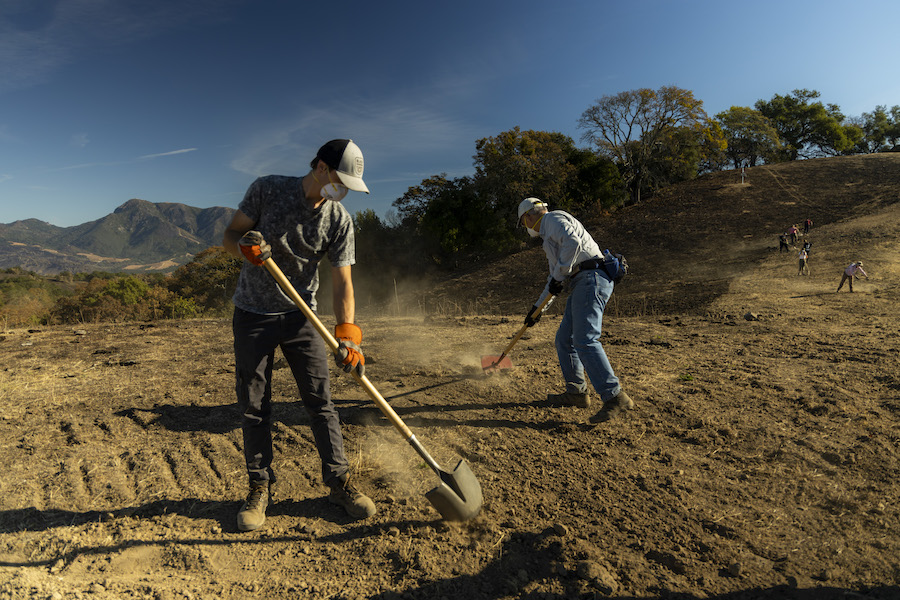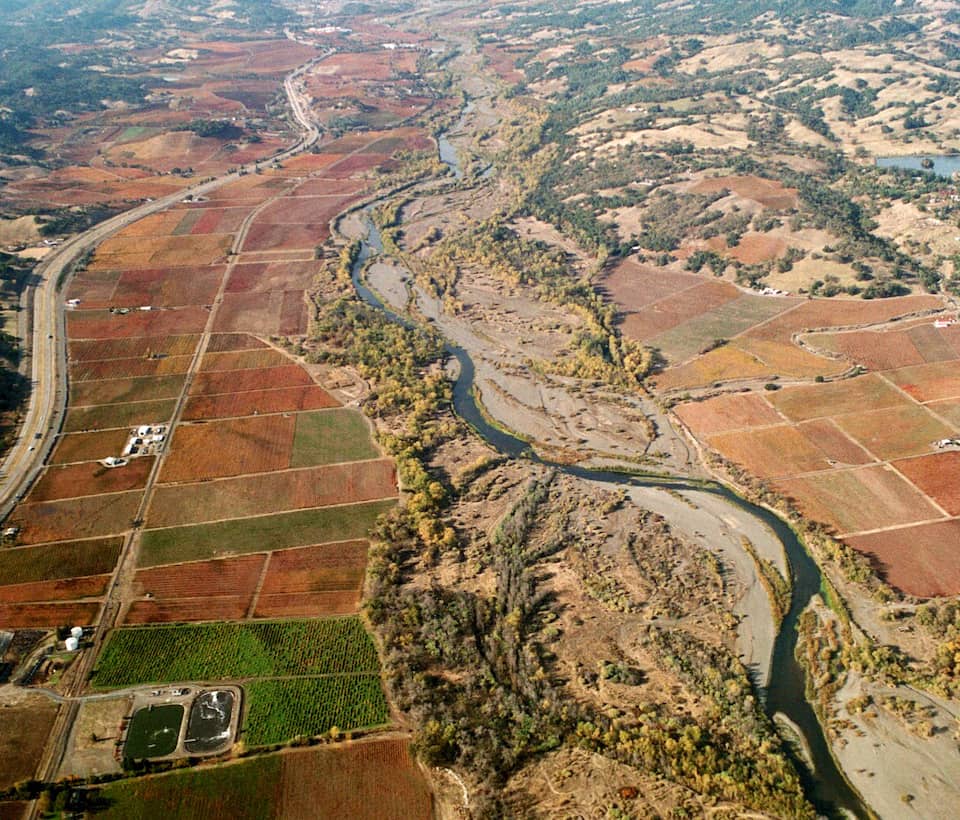Landscapes that work for biodiversity and people
How do we handle the Anthropocene’s triple challenge of preventing biodiversity loss, mitigating and adapting to climate change, and sustainably providing resources for a growing human population? The answer is in how we manage Earth’s “working lands;” that is, farms, forests, and rangelands. These lands must be managed both to complement the biodiversity conservation goals of protected areas and to maintain the diverse communities of organisms, from microbes to mammals, that contribute to producing food, materials, clean water, and healthy soils; sequestering greenhouse gasses; and buffering extreme weather events, functions that are essential for all life on Earth.
California Biodiversity Network Stewardship Roundtable
The California Biodiversity Network brings together key environmental experts and community leaders who are united to conserve California’s globally renowned and highly threatened natural heritage. The network is part of the California Biodiversity Collaborative, in partnership with the California Biodiversity Council. This inaugural network aims to be inclusive across all sectors, engaging environmental stewards, governmental and tribal representatives, scientists, and educators working at local, regional, and statewide scales. The network provides a collaborative forum for California’s diverse conservation organizations and scientific institutions prioritizing biodiversity protection, stewardship, environmental education, and scientific inquiry.
Co-chaired by Adina, Don Hankins, & Mary Adelzadeh, the CBN Stewardship roundtable is intended to be a community of practice among professionals working on land and water stewardship of protected area networks and working lands in California. Here ideas about stewardship, ecosystem restoration, landscape resilience, and related topics can be shared freely from all perspectives.
California will continue to lose biodiversity if we do not advance stewardship of working lands because protected areas are influenced by surrounding landscapes and the species that occupy them. Furthermore, climate change is forcing relocation of many species, often into areas that are unprotected for all or part of their life cycle. Working lands include landscapes that support resource use and conservation values; these include rangelands, forestlands, urban open spaces, and are roughly equally divided between public and private holdings.
Maintaining the value of California’s working lands requires we attend to livelihoods that depend on these lands as well as support conservation-focused stewardship. We need working lands to be biologically diverse, thereby maintaining habitat for some species while facilitating dispersal and climate change adaptation for others. Stewardship can help working lands be more resilient to extreme weather events, such as wildfire, floods, droughts, and pest and disease outbreaks, which are becoming more frequent with climate change; and is also necessary to ensure the production of food, forage, and timber is sustained over the long run. Clear guidelines, certification opportunities, and land care community led movements are needed to consider working lands as working for conservation.



